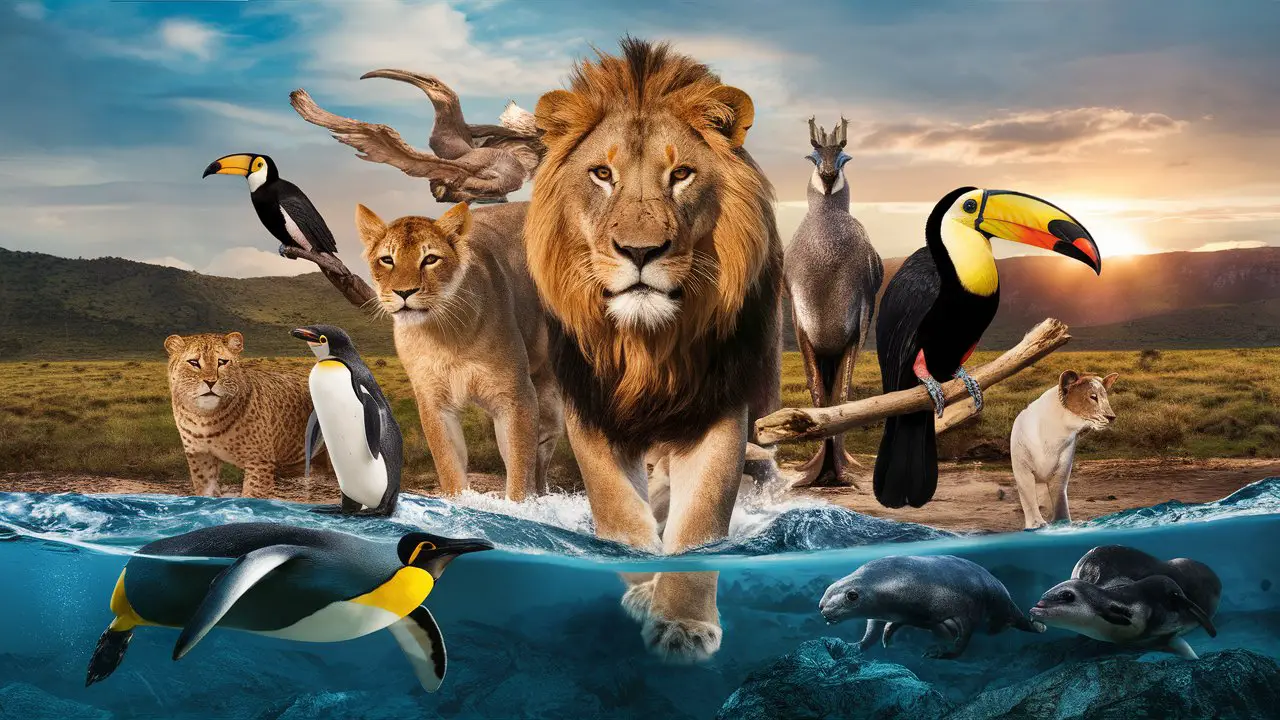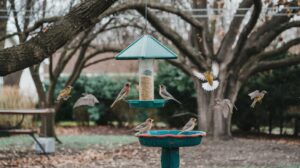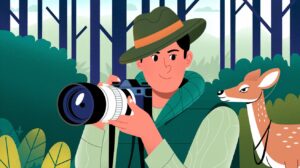You’ve always loved animals and dreamed of working outdoors. A career in wildlife biology could be perfect for you. Protecting endangered species and their habitats sounds incredibly rewarding. But where do you even start when it comes to exploring this career path? Don’t worry, this article will walk you through everything you need to know, from the education required to potential job opportunities. We’ll cover the pros and cons so you can make an informed decision about whether a career in wildlife biology is right for you. Helping preserve biodiversity and species on the brink sounds like an adventure. Let’s dig in and see if this challenging but meaningful career could be a good fit.
What Is Wildlife Biology?
Wildlife biology is the study of animals in their natural habitats and environments. As a wildlife biologist, you try to understand animal behaviors, populations, and how they interact with the ecosystems around them.
Understanding Animal Behavior
One of the most interesting parts of wildlife biology is observing animals in the wild and understanding their behaviors. Why does that bird migrate south for the winter? How does that pack of wolves work together to hunt? As a wildlife biologist, you ask questions about how and why animals act the way they do. You get to unlock the mysteries of the natural world.
Managing Populations
Wildlife biologists also monitor animal populations to make sure they stay healthy. Sometimes human activity can negatively impact animals, so biologists develop plans to protect them. They may reintroduce animals to areas where populations have declined or work to curb activities that threaten species. The ultimate goal is to make sure future generations can enjoy these animals too.
Protecting Ecosystems
Animals do not live in a bubble. They are part of a complex web of interactions between living and nonliving things in an ecosystem. As a wildlife biologist, you consider how animals are connected to plants, the climate, and natural resources in an area. Your work helps identify threats to ecosystems and find solutions so people and wildlife can live sustainably together.
A career as a wildlife biologist is demanding yet rewarding. You get to work with animals, solve complex problems, and make a real difference in protecting our planet. For the curious and passionate, it’s a dream job come true.
Studying Endangered Species as a Wildlife Biologist
You’ll get up close and personal with some of the rarest animals on the planet. As a wildlife biologist focused on endangered species, you’ll observe these animals in their natural habitats and analyze how they live, interact, and thrive.
Fieldwork is a big part of the job
You’ll spend a good amount of time doing fieldwork, which means going out into the actual habitats of the species you’re studying. This could be rainforests, grasslands, wetlands, or deserts. You’ll track animals, take notes on their behavior, collect biological samples, band or tag individuals to monitor them, and more. Fieldwork is essential for understanding how populations are impacted by habitat loss, pollution, poaching, and climate change.
Research and reporting
When you’re not in the field, you’ll do research and reporting. This includes analyzing data and samples collected, writing up reports and papers to share your findings, developing conservation strategies, working with wildlife organizations on breeding programs, and educating the public about endangered species protection.
A rewarding yet challenging career
Studying and protecting endangered species is a career path that can be both highly rewarding and frustrating. You get to work hands-on with animals in gorgeous natural settings, but also witness the harsh realities these populations face. However, by educating others about these species and their habitats, you can make a real difference in ensuring their long term survival. If you’re passionate about wildlife conservation, it can be an immensely gratifying career.
Working in Wildlife Conservation
To protect endangered species, wildlife biologists work to conserve habit. Many biologists work for government agencies or nonprofits, managing wildlife refuges and natural areas. Their duties include monitoring wildlife populations, restoring degraded land, controlling invasive species, and protecting critical habitat.
Protecting Habitat
The number one threat facing most endangered species today is loss of habitat. As wildlife biologists, protecting habitat is one of your most important jobs. This could mean patrolling protected areas to prevent poaching or illegal logging, restoring damaged habitat by planting native vegetation, or negotiating with private landowners to set aside land for conservation. Successful habitat protection has allowed some species like gray whales and bald eagles to rebound from near extinction.
Monitoring Populations
How can you protect a species if you don’t know how many are left or where they live? Wildlife biologists regularly monitor populations of endangered plants and animals. You may track individuals using radio collars or count species numbers through surveys and census data. Population monitoring is critical for determining if conservation efforts are working or if a species requires reclassification to a higher threat level. The data you collect also informs how limited resources should be allocated for maximum impact.
Controlling Threats
In addition to habitat loss, endangered species face threats from invasive species, disease, and human activity. As a wildlife biologist, you work to mitigate these threats. You may remove invasive plants that outcompete native vegetation, curb the spread of wildlife diseases, or install physical barriers to prevent animals from accessing human food sources and becoming habituated. By controlling threats, you give endangered species their best chance at long term survival and recovery.
A career in wildlife conservation is demanding yet rewarding work. While progress can feel slow, the results of your efforts—rebounding populations, preserved natural spaces, and species rescued from the brink of extinction—make all the long hours and difficult tasks worthwhile. You have the opportunity to make a real difference through a job you’re passionate about.
Joining the World Wildlife Organization
So you want to dedicate your career to protecting endangered species and conserving our planet’s biodiversity. One of the best ways to do that is by joining the World Wildlife Organization (WWO). The WWO works in over 150 countries to combat threats facing wildlife and their habitats.
Field Work
As a wildlife biologist with the WWO, you’ll get to do hands-on work with animals in their natural environments. You may monitor endangered species populations, help rehabilitate injured wildlife, or work to restore degraded habitats. This field work forms the foundation of effective conservation strategies. No two days are the same, and you’ll be out exploring in some of the most biodiverse places on the planet.
Policy and Education
Not all roles with the WWO involve field work. The organization also needs wildlife biologists to analyze data, craft conservation policies, and develop education programs. You could help shape international agreements to curb wildlife trafficking or design school curricula to teach kids about biodiversity loss. These positions allow you to enact change on a broader scale.
A Noble Mission
Working for the WWO, you’ll be part of a team trying to tackle some of the biggest challenges our planet faces. While the work can be difficult, knowing you’re helping protect species like elephants, tigers and sea turtles for future generations makes it extremely rewarding. The WWO offers opportunities for career growth, competitive benefits, and a chance to follow your passion for wildlife conservation on a global scale.
If you’re dedicated to protecting biodiversity and want to join a prestigious organization working to enact real change, the World Wildlife Organization could be an ideal place to launch your career as a wildlife biologist. The roles are diverse, the mission is vital, and you’ll be helping safeguard Earth’s most vulnerable creatures. For many, there’s no more fulfilling job than that.
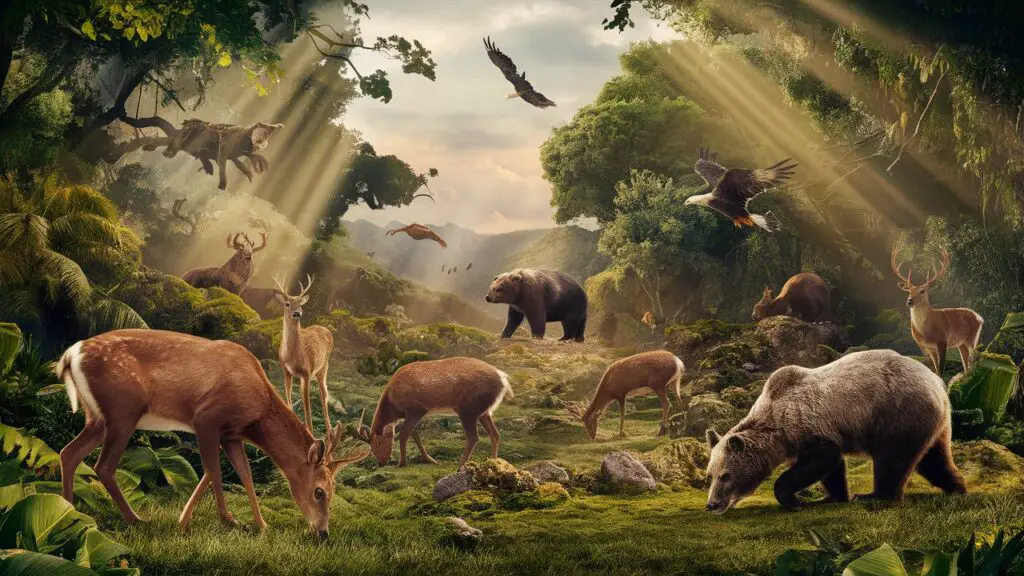
Wildlife Biology Career FAQs
What does a wildlife biologist do?
As a wildlife biologist, you study animals and the environments they inhabit. Your duties may include conducting field research to monitor wildlife populations, studying the effects of environmental factors on animals, and developing ways to solve wildlife management issues. You could work for government agencies like the U.S. Fish and Wildlife Service, nonprofits focused on conservation, or private environmental consulting firms. The job typically requires at least a bachelor’s degree in biology, zoology, or a related field.
What are the challenges of this career?
Working as a wildlife biologist often requires frequent travel to remote locations, long hours conducting field work outdoors in difficult conditions, and limited job stability, as many positions rely on short-term grants or contracts. The job can also be physically demanding at times, requiring activities like hiking over rough terrain, operating vehicles over unpaved roads, and setting up temporary field camps. Competition for jobs may be strong, especially for higher-level research positions.
What is the salary potential?
According to the U.S. Bureau of Labor Statistics, the median pay for wildlife biologists in the U.S. is around $63,000 per year. Actual salaries depend on factors like job location, level of experience, education, and employer. Senior wildlife biologists with many years of experience or advanced degrees can make $90,000 per year or more. Benefits typically include paid time off, health insurance, and retirement plans.
How can you advance in this career?
Gaining additional education, experience, and professional certifications can help you advance as a wildlife biologist. Many people start out in entry-level technician roles and progress to higher positions like wildlife biologist, senior wildlife biologist, or project manager. Earning a master’s degree or Ph.D. in biology, zoology or a related field can open up more advanced research and teaching opportunities. Becoming certified as a wildlife biologist by the Wildlife Society can demonstrate your professional expertise.
With a passion for wildlife and the outdoors, this can be a very rewarding career. If helping conserve the environment and natural resources is important to you, then wildlife biology may be a perfect fit. The key is gaining the necessary education and experience to find your place in this growing field.
Don’t Miss a Thing! Enhance Your Wildlife Photography with Ultra-X Night Vision Goggles.
Get Now!
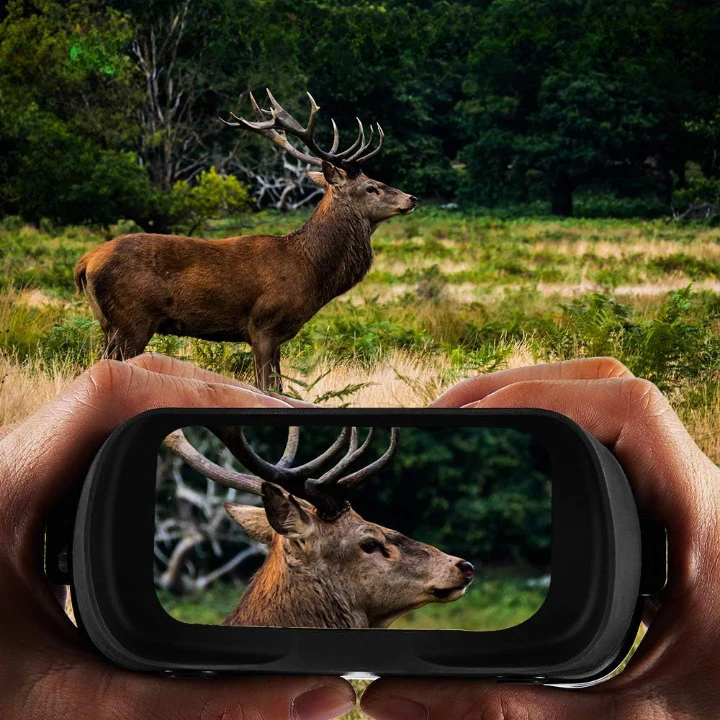
Conclusion
So that wraps up the basics of how to get started in an exciting career protecting endangered species as a wildlife biologist. With a relevant degree, some field experience, and a passion for conservation, you’ll be on your way. There’s so much opportunity right now to make a real difference in preserving biodiversity. Follow your heart, take the leap, and who knows – you might just end up saving some amazing creatures from extinction. The world needs more people willing to take action. Why not let it be you?

